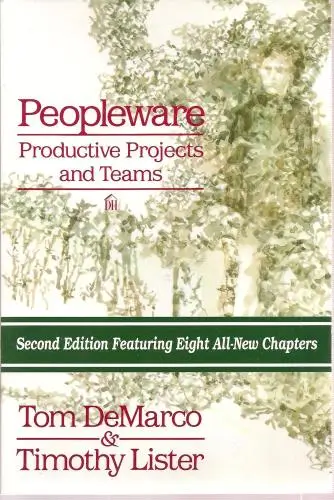Peopleware
Productive Projects and Teams
What is Peopleware about?
Peopleware presents a compelling case for creating a nurturing environment that boosts productivity and innovation. Through insightful anecdotes and practical advice, the book challenges managers to rethink traditional workplace practices, emphasizing communication, empowerment, and work-life balance as key to achieving peak performance from their teams. A must-read for anyone looking to lead more effectively in the tech industry.
About the Author
Tom DeMarco, a herald of software engineering and management, navigates the intricate maze of technology and human factors with ease. His seminal work, "Peopleware," co-authored with Timothy Lister, shifts the spotlight from mere code to the creative minds crafting it, advocating for a culture that prioritizes productivity and job satisfaction over rigid metrics. DeMarco's insightful, often humorous prose dismantles complex concepts, making them accessible and engaging. Through his writings, he champions the belief that understanding people is the key to successful technology projects.
10 Key Ideas of Peopleware
Creating a Comfortable and Customizable Workspace
A comfortable workspace allows individuals to focus better and be more productive. This includes providing adjustable furniture, access to natural light, and the ability to personalize their space. The reasoning behind this is that when employees feel physically comfortable, they are less distracted by discomfort and can concentrate on their tasks. Additionally, personalization of workspaces makes employees feel valued and increases their emotional investment in their work.
Learn DeeperInvest in Adjustable Furniture: Start by choosing a chair that supports your back and can be adjusted for height. Your desk should also allow for changes in height, accommodating both sitting and standing work positions.
Maximize Natural Light: Position your workspace to take advantage of as much natural light as possible. If you're in an office without windows, consider using daylight-simulating bulbs to help maintain your energy levels.
Personalize Your Workspace: Add personal touches to your workspace with items that make you feel comfortable and motivated. This could be family photos, plants, or even your favorite artwork.
Take Regular Breaks: No matter how comfortable your workspace is, taking short breaks to stretch and walk around is crucial for maintaining productivity and avoiding discomfort.
Seek Feedback and Adjust: Regularly assess your workspace's comfort and functionality. Don't hesitate to make adjustments based on what you find works best for you or feedback from colleagues.
- Example
Jane, a graphic designer, transformed her workspace by investing in an ergonomic chair and an adjustable desk. She positioned her desk near the window to benefit from natural light and decorated her space with inspirational quotes and a small plant, which made her feel more relaxed and motivated.
- Example
Mike, a software developer, found his productivity was suffering due to discomfort and lack of personalization in his workspace. He added a second monitor for efficiency, a comfortable footrest under his desk, and a few action figures from his favorite video games, which made his workspace feel more personal and enjoyable.
Encouraging Team Building and Social Interaction
Promoting social interactions and team-building activities fosters a sense of community and trust among team members. This can be achieved through regular team outings, shared meals, and collaborative projects. The argument for this tactic is that when team members know and trust each other, communication improves, leading to more effective collaboration and problem-solving.
Learn DeeperOrganize Regular Team Lunches or Coffee Breaks: Set up a recurring schedule for team members to share meals or coffee breaks. This informal setting allows people to relax and open up, fostering stronger personal connections.
Plan Team-building Activities: Every quarter, plan an activity outside the office that encourages teamwork and communication. This could range from escape rooms, sports events, to volunteering for a cause the team cares about.
Create a 'Getting to Know You' Series: Initiate a series of short, casual meetings where team members take turns sharing about their backgrounds, interests, and aspirations. This can be done virtually or in-person, depending on the team's setup.
Encourage Collaboration on Projects: Whenever possible, design projects that require input from multiple team members. Encourage the team to brainstorm and solve problems together, which can improve their ability to work effectively as a unit.
Set Up a Virtual Water Cooler: For remote teams, create a dedicated online space (like a chat room or forum) where team members can share personal news, hobbies, or interesting finds. This helps in maintaining the social aspect of work, even from a distance.
- Example
A software development team organizes a monthly 'Hack Day' where they work on a project of their choice in small groups. This not only fosters creativity and innovation but also strengthens team bonds as they collaborate on something they're passionate about.
- Example
A marketing team decides to volunteer together at a local food bank. This activity allows them to contribute to their community while building trust and camaraderie outside the usual work environment.
Implementing Flexible Work Hours
Allowing flexible work hours accommodates different working styles and personal commitments, leading to happier and more productive employees. This approach recognizes that peak productivity times vary between individuals and that work-life balance is crucial for long-term job satisfaction and performance. By offering flexibility, companies show respect for their employees' time and autonomy, which in turn boosts morale and loyalty.
Learn DeeperCommunicate Your Preferred Working Hours: If your workplace offers flexible hours, take the initiative to communicate your preferred working hours to your manager. Explain how these hours align with your peak productivity times.
Propose a Flexible Work Schedule Trial: If your company hasn’t adopted flexible work hours, propose a trial period. Present data or case studies showing the benefits of flexible schedules on productivity and employee satisfaction.
Set Clear Boundaries and Expectations: Whether you’re an employee or a manager, ensure that there are clear boundaries and expectations regarding availability and communication during flexible work hours.
Leverage Technology for Better Coordination: Use project management tools and communication platforms to stay connected with your team, regardless of everyone’s individual schedules. This helps in maintaining team cohesion and ensuring project timelines are met.
- Example
A software developer prefers to start their day later because they find they code more efficiently in the afternoon and evening. They discuss this preference with their manager, who agrees to a flexible schedule as long as deadlines are met and the developer is available for key meetings.
- Example
A marketing team in a small company notices that their productivity dips after lunch. They propose to their manager a split workday, where they work in the morning, take a longer mid-day break for personal errands or relaxation, and then resume work in the late afternoon. The manager agrees to a one-month trial, resulting in higher afternoon productivity and improved employee satisfaction.
Minimizing Interruptions for Focused Work Time
Dedicated blocks of uninterrupted time enable deep focus and significantly enhance productivity. This can be facilitated by implementing policies like 'no meeting days' or 'silent hours.' The rationale is that constant interruptions fragment attention and prevent individuals from achieving flow state, where they are most creative and efficient. Protecting employees' time from unnecessary disturbances respects their need for concentration and yields higher quality work.
Learn DeeperSchedule 'Deep Work' Blocks: Dedicate specific hours in your day solely for focused work. This could be a 2-3 hour window where you turn off notifications, inform your colleagues, and concentrate on complex tasks without interruptions.
Implement 'No Meeting Days': Propose to your team or organization the idea of having specific days with no scheduled meetings. This allows everyone to have uninterrupted time to dive deep into their projects.
Use Technology Wisely: Leverage apps or tools that help minimize distractions. For example, use website blockers to avoid tempting sites during work hours or set your messaging apps to 'Do Not Disturb' mode during your deep work sessions.
Communicate Your Boundaries: Make it clear to your colleagues when you're in a focus session and when you're available for discussions. This can be as simple as setting up an auto-reply message or using a visual cue at your workspace.
Evaluate and Adjust: Regularly review how these strategies are working for you. Adjust your approach based on what you find most effective in minimizing interruptions and maximizing productivity.
- Example
Alice, a software developer, blocks off her calendar from 10 AM to 1 PM every day for coding without interruptions. She communicates this to her team and sets her chat status to 'Focusing'.
- Example
Bob's marketing team adopts 'No Meeting Wednesdays', allowing the team to spend the entire day working on projects that require deep concentration without the disruption of meetings.
Deeper knowledge. Personal growth. Unlocked.
Unlock this book's key ideas and 100+ more. Learn with quick, impactful summaries.
Read Full SummarySign up and read for free!
Peopleware Summary: Common Questions
Experience Personalized Book Summaries, Today!
Discover a new way to gain knowledge, and save time.
Sign up for our 7-day trial now.
No Credit Card Needed

Similar Books

The Founder's Dilemmas
Noam Wasserman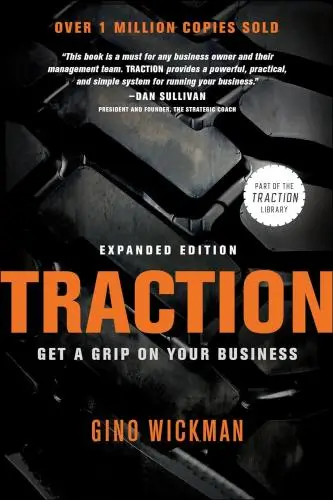
Traction
Gino Wickman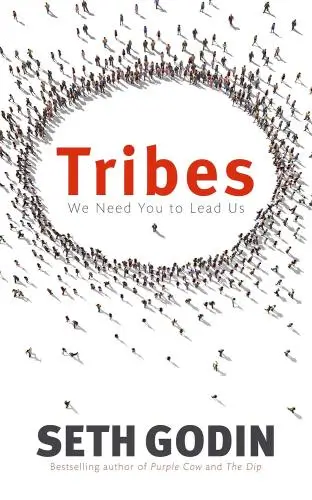
Tribes
Seth Godin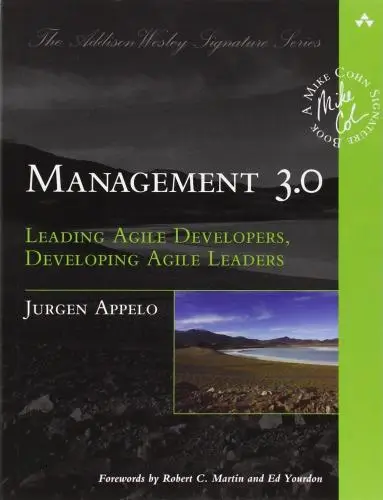
Management 3.0
Jurgen Appelo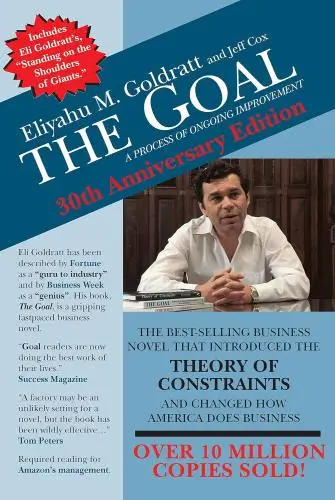
The Goal
Eliyahu M Goldratt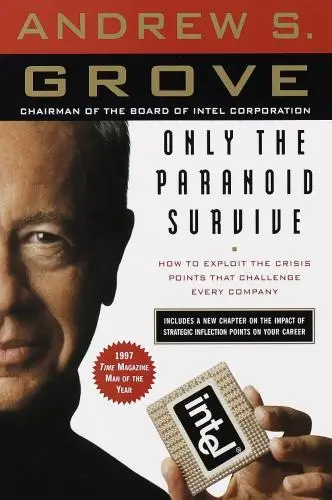
Only the Paranoid Survive
Andrew S. Grove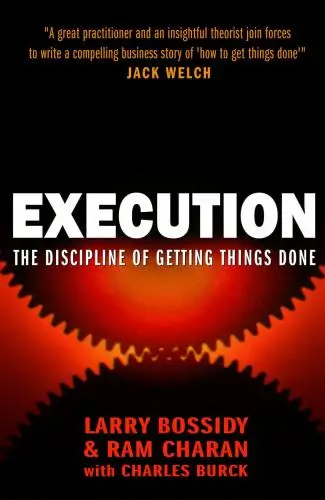
Execution
Larry Bossidy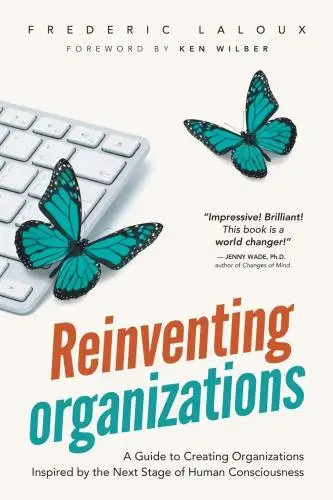
Reinventing Organizations
Frederic Laloux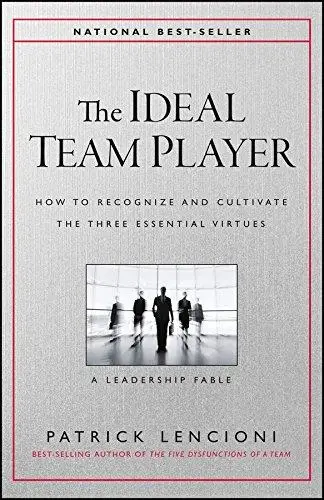
The Ideal Team Player
Patrick M. Lencioni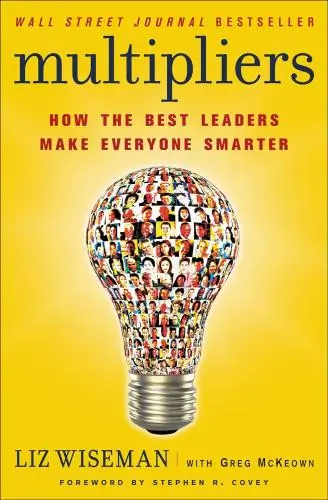
Multipliers
Liz Wiseman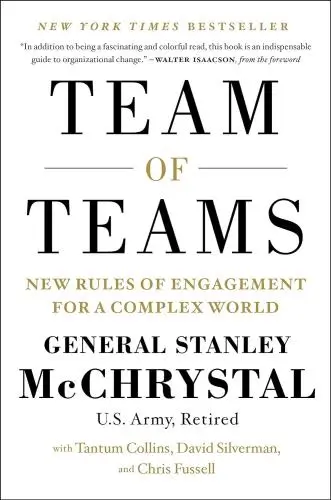
Team of Teams
General Stanley McChrystal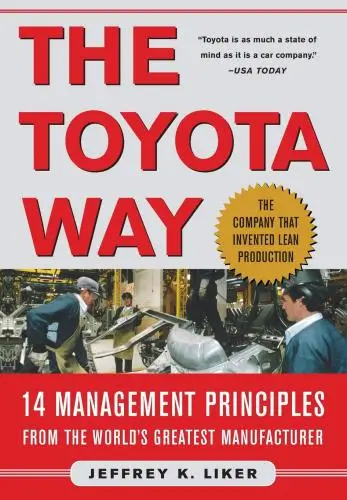
The Toyota Way
Jeffrey LikerTrending Summaries

Peak
Anders Ericsson
Never Split the Difference
Chris Voss
Smart Brevity
Jim VandeHei
The Psychology of Money
Morgan Housel
The First 90 Days
Michael D. Watkins
Atomic Habits
James Clear
Thinking, Fast and Slow
Daniel Kahneman
The Body Keeps the Score
Bessel van der Kolk M.D.
The Power of Regret
Daniel H. Pink
The Compound Effect
Darren Hardy
How to Win Friends & Influence People
Dale Carnegie
Eat That Frog!
Brian Tracy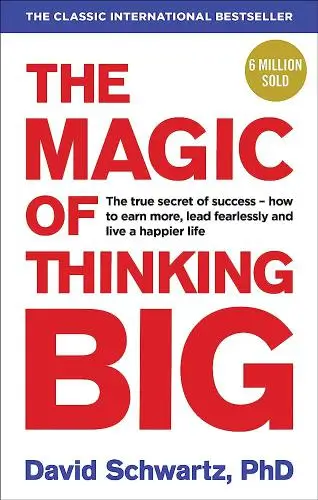
The Magic of Thinking Big
David J. Schwartz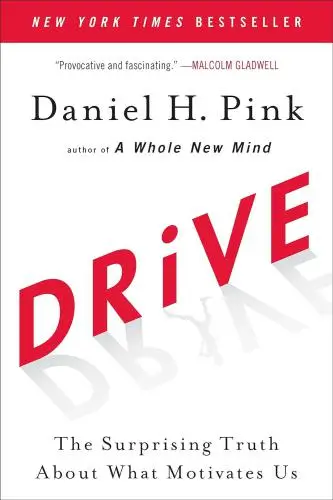
Drive
Daniel H. Pink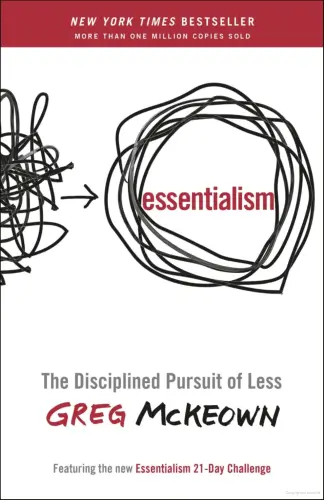
Essentialism
Greg McKeownNew Books

The Millionaire Fastlane
MJ DeMarco
Losing My Virginity
Richard Branson
Venture Deals
Brad Feld
48 Days to the Work You Love
Dan Miller
Anything You Want
Derek Sivers
Running Lean
Ash Maurya
Blitzscaling
Reid Hoffman
The Founder's Dilemmas
Noam Wasserman
Founders at Work
Jessica Livingston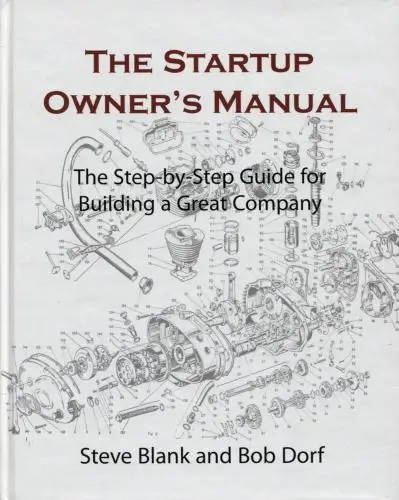
The Startup Owner's Manual
Steve Blank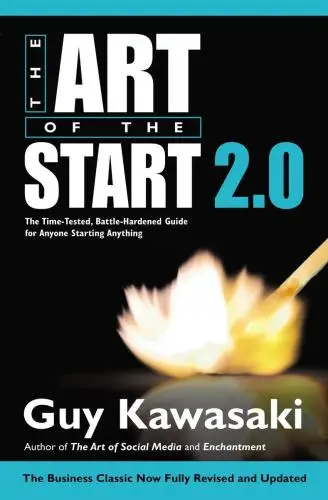
The Art of the Start 2.0
Guy Kawasaki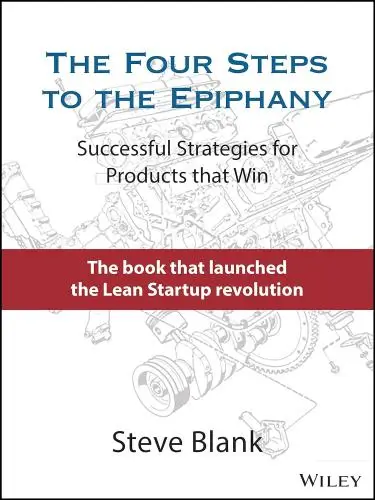
The Four Steps to the Epiphany
Steve Blank
Flash Boys
Michael Lewis
Crush It!
Gary Vaynerchuk
